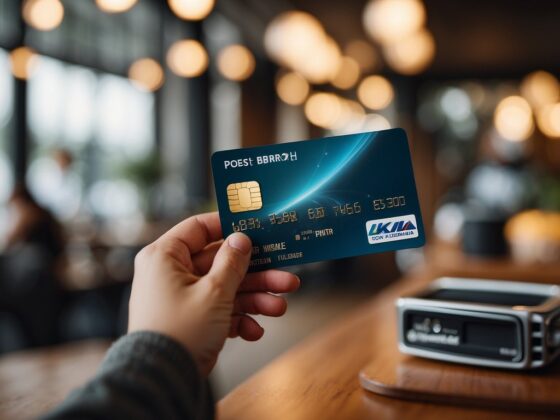Budgeting for Beginners – Hey there, I’ve been navigating the world of personal finance for longer than I care to admit. Let’s face it, money stuff can get complicated. But over the years, I’ve learned that the bedrock of financial success is as simple as it gets: a good old-fashioned budget. Think of a budget as your financial roadmap – it shows you where you are and helps you steer toward where you want to be. If you’re ready to ditch financial stress and start building a brighter future, then buckle up, and let’s dive in!
What is a budget and why the heck do I need one?
In its most basic sense, a budget is just a plan for your money. You figure out how much you earn, track where it all goes, and then make conscious choices about how to use those hard-earned dollars.
Why is this important? Here’s the deal:
- Empowerment: Budgeting puts YOU in the driver’s seat of your finances. You get to choose what’s important, rather than just letting your money slip through your fingers.
- Goodbye, money worries: A budget helps you avoid overspending and the sinking feeling when bills come due.
- Reaching your goals: Want to save for a down payment on a house? Dream vacation? A budget is your step-by-step plan to make it happen.
- Peace of mind: Knowing where your money stands brings incredible peace. Think of it as a financial security blanket!
Budgeting for Beginners: Getting Started
Ready to roll? Here’s how to create a budget that works for you:
1. Gather your intel
Pull up your bank statements, pay stubs, and bills from the last few months. Don’t worry, this part sounds worse than it is! Your goal is to see how much money comes in and where it’s currently going.
2. Categorize your spending
Group your expenses into categories. Here are some common ones:
- Essential expenses: Housing, food, utilities, transportation, insurance, debt payments
- Discretionary spending: Dining out, entertainment, subscriptions, hobbies, anything that’s not strictly necessary
- Savings: Emergency fund, retirement, vacations, big purchases
3. Set your budget
The golden rule: income minus expenses should equal zero (or ideally, a positive number!). Start assigning dollar amounts to each category. If you find yourself overspending in certain areas, it’s time for some adjustments.

basic budget template with categories listed
4. Choose your budgeting method
There are tons of ways to track your budget. Here are a few popular options:
- Pen and paper: Old school, but some people love the tactile aspect of it.
- Spreadsheets: Perfect for the Excel wizards out there.
- Budgeting apps: Tons of awesome apps like Mint, YNAB, and more automate a lot of the process for you.
5. Refine and adjust
The first month is always the bumpiest. Don’t beat yourself up if things don’t go perfectly. The point is to track, learn, and adjust based on your real-life spending habits.
Budgeting Is NOT About Deprivation!
One of the biggest misconceptions is that a budget is some form of financial prison. Nothing could be further from the truth! It’s more about conscious spending. Find some wiggle room in those discretionary categories for guilt-free fun – whether that’s a fancy coffee every once in a while, or splurging on a night out. It’s all about finding a balance that works for YOU.
A Budget is a Living Document
Life isn’t set in stone, and neither should your budget. Your income might change, you may have unexpected expenses, or your goals may shift. Review your budget regularly and adjust as needed. The more you do it, the easier it becomes.
Guys, I know the “B” word (budgeting) might not sound like the most exciting thing in the world. I get it! But trust me, a little effort here pays HUGE dividends in the long run. I’m not just talking about financial freedom – a budget reduces stress, gives you confidence, and makes you feel like a total financial boss.
So what are you waiting for? Dust off those bank statements and let’s get this budget party started! Do you have questions or want to share your own experiences?











